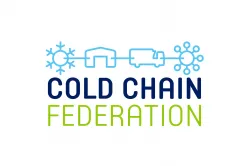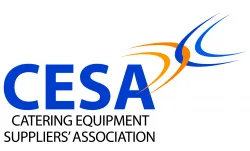Cannot load form
Sorry, this form requires you to accept Analytics and Functional cookies before it can load. Click here to allow these types of cookie.
Remember leak checks under F Gas changed on 1st January 2017
Mandatory documented leak checks apply to air conditioning and refrigeration equipment based on according to how much damage could be caused to the atmosphere if the whole charge were released. The frequency of the test inspections is based on the GWP of the refrigerant multiplied by the estimated volume contained in each individual system – this gives the CO2e figure. If the system contains between:
- 5 and 50 tonnes CO2e it requires one inspection per year.
- 50 to 500 tonnes CO2e require inspection every six months.
- Greater than 500 tonnes CO2e require quarterly inspections.
The leak checking frequency can be halved if permanent leak detection systems are fitted. Permanent leak detection systems are mandatory for system charges of 500 tonnes CO2 equivalent and above.
How often does a system need leak checking?
- R410A (2088 GWP) more than 2.39kg once a year, 23.9kg twice, more than 239kg four times
- R407C (1774 GWP) more than 2.81kg once a year, 28.1kg twice, more than 281kg four times
- R404A (3922 GWP) more than 1.27kg once a year, 12.7kg twice, more than 127kg four times
- R134a (1430 GWP) more than 3.49kg once a year, 34.9kg twice, more than 349kg four times
For other refrigerants it is 5000 divided by its GWP to get the first inspections visit weight, then just move the decimal place one to the right to get the rest!
Note: Some clients may ask for the Carbon loading of an air conditioning or refrigeration system, especially if they are ISO14001 accredited, this is a simple calculation of the refrigerant GWP x total refrigerant charge. So for example a system with 25kg refrigerant of R410a has a carbon loading of 52200kg (25x2088). This is equivalent of 52.2 tonnes so two documented leak checks per annum are required.
Labelling changes
From 1 January 2017 any product containing F-Gases placed on the market has to have added to its label the quantity expressed in weight and in CO2 equivalent of F-Gas contained in the equipment, and the global warming potential of the gas.
For more details of all of the 2014 F Gas Regulation Requirements see:
https://www.gov.uk/guidance/calculate-the-carbon-dioxide-equivalent-quantity-of-an-f-gas
http://www.gluckmanconsulting.com/f-gas-information-sheets/

















